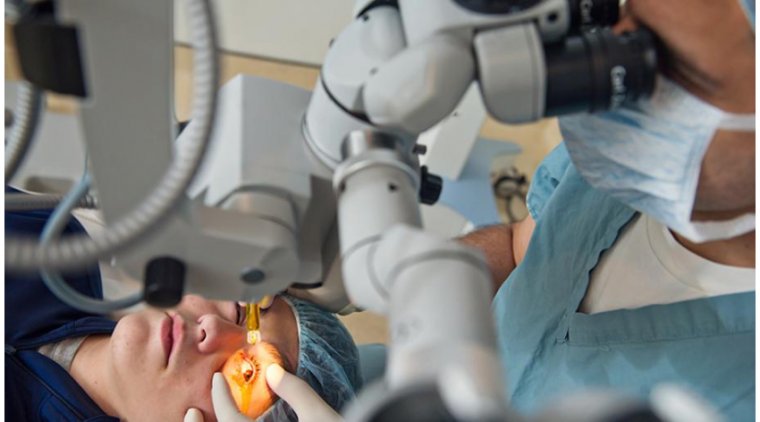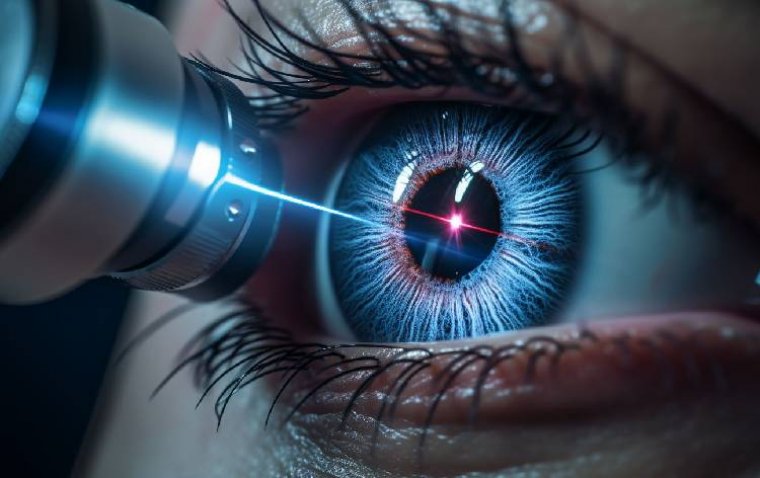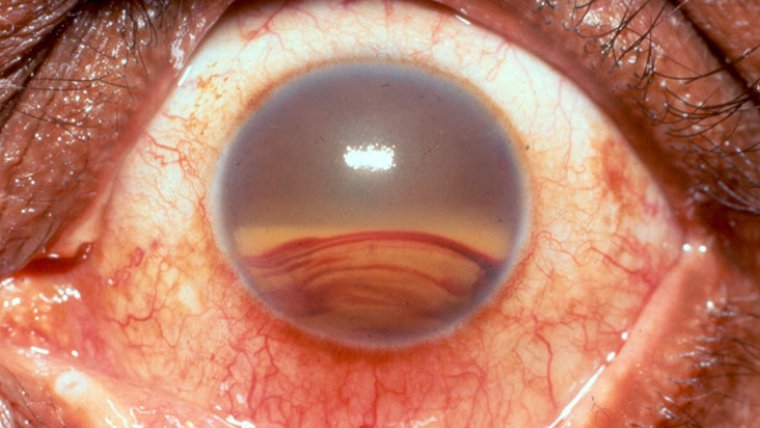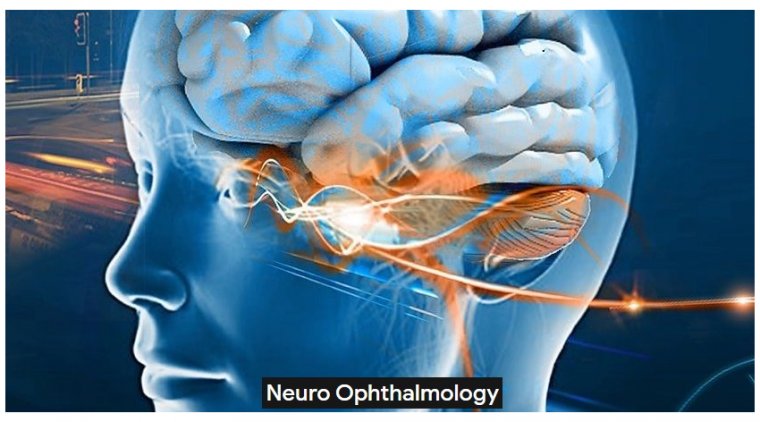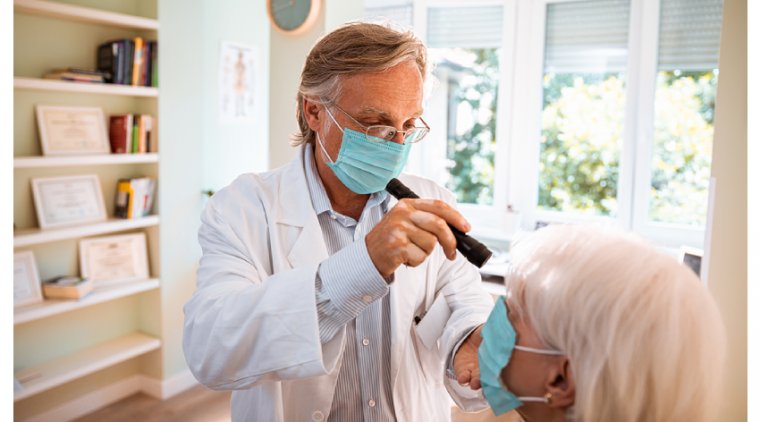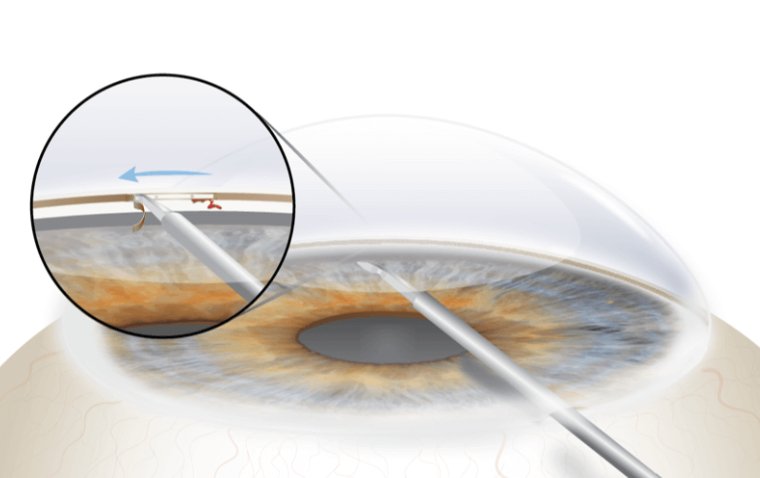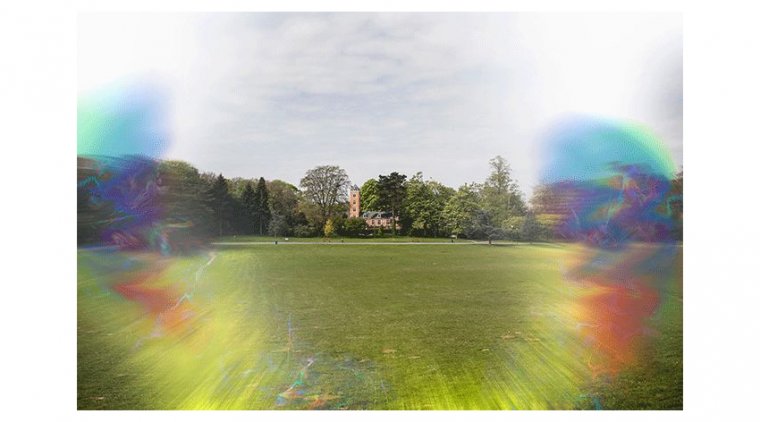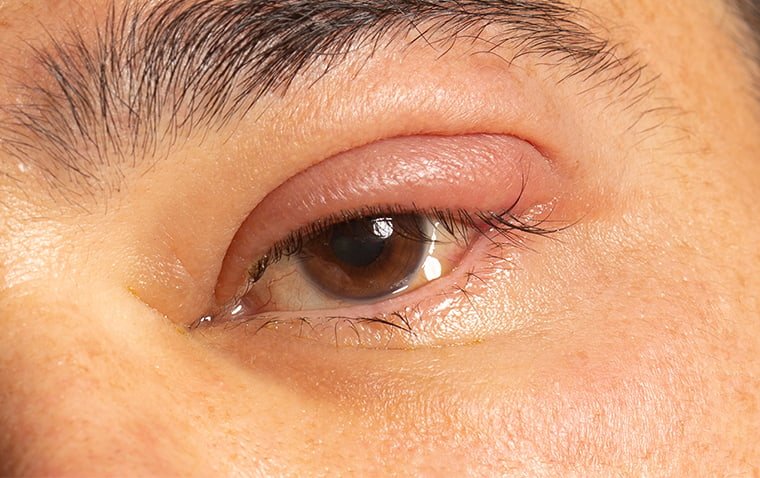
Ultimate Guide to Eyelid Hygiene: Preventing Common Eye Conditions
Introduction to Eyelid Hygiene
Eyelid hygiene is an essential, yet often overlooked, aspect of overall eye health. Neglecting the cleanliness of your eyelids can lead to various conditions, including swollen eyelids, eyelid twitching, styes, eyelid dermatitis, and bumps on the eyelid. Understanding and practicing proper eyelid care is crucial for preventing these issues, managing conditions like blepharitis, and ensuring the health of your eyes.
Understanding Eyelids and Their Role
The eyelid is a complex structure made of thin layers of skin, muscle, tissue, fat, and glands. It serves multiple purposes: protecting the eye from debris and contaminants, aiding in sleep, and contributing to the tear film's maintenance. This tear film is vital for keeping the cornea moist and ensuring clear vision.
The Impact of Poor Eyelid Hygiene
Poor eyelid hygiene can lead to a buildup of dirt, debris, and bacteria on the eyelids and lashes, resulting in several eye conditions that affect overall ocular health. This neglect can cause blepharitis, characterized by inflamed, itchy eyelids with flaky scales around the base of the eyelashes, leading to discomfort and potential eye damage if untreated. Styes, painful red bumps along the edge of the eyelid, can also occur, often caused by bacterial infections from poor hygiene practices.
Additionally, inadequate cleaning can contribute to meibomian gland dysfunction, causing dry eye symptoms due to the disruption of the tear film's oil layer. These conditions not only cause discomfort but can also affect vision quality and lead to more severe eye health issues over time, emphasizing the importance of regular and thorough eyelid cleaning.
Benefits of Practicing Good Eyelid Hygiene
Maintaining good eyelid hygiene helps in preventing styes, managing blepharitis, and reducing the risk of eyelid dermatitis. Regular cleaning routines remove irritants and bacteria, significantly lowering the likelihood of developing eyelid-related issues.
.jpg)
How to Maintain Proper Eyelid Hygiene?
Eyelid Scrubs
Eyelid scrubs are a cornerstone of effective eyelid hygiene. They involve gently cleaning the eyelid margins and lashes to remove debris and excess oils. For those experiencing symptoms like swollen eyelids or eyelid twitching, incorporating eyelid scrubs into daily eye care routines can offer relief and prevent further irritation.
Warm Compresses
Applying warm compresses is another essential practice for maintaining eyelid health. This method is particularly effective for treating a stye on the eyelid or managing meibomitis. Warm compresses help to soften and release oils from the meibomian glands, preventing blockages and soothing inflammation.
Professional Care and When to See an Optometrist
If you experience persistent symptoms such as severe eyelid swelling, recurrent styes, or ongoing discomfort, it's crucial to seek professional care. An optometrist can provide targeted advice for eyelid hygiene, recommend treatments for specific conditions like eyelid dermatitis, itchy eyelids and guide you on more advanced care techniques if necessary.
.jpg)
Advanced Eyelid Hygiene Practices
Advanced eyelid hygiene practices are essential for individuals with chronic conditions like blepharitis or severe dry eye syndrome, where standard cleaning routines may not suffice. These practices include the use of prescribed medicated eyelid cleansers that contain ingredients to reduce bacterial load and control inflammation. Additionally, implementing the use of warm compresses with a higher frequency or using specially designed microwaveable eye masks can more effectively soften and release the oils from the meibomian glands, improving tear film quality.
For those with persistent symptoms, an eye care professional may recommend a regimen that includes gentle mechanical eyelid exfoliation to remove dead skin cells and debris, promoting healthier eyelid margins. In some cases, the use of topical antibiotics or steroid eye drops may be necessary to reduce bacterial colonization and inflammation, ensuring the eyelids remain clean and function optimally.
Eyelid Hygiene Tips for Makeup Wearers
For makeup wearers, maintaining eyelid hygiene is crucial to prevent infections and ensure the health of the eye area. It's important to choose non-irritating, hypoallergenic makeup products specifically designed for sensitive eyes to minimize the risk of irritation and allergic reactions. Always remove makeup thoroughly before bed using a gentle, eye-safe makeup remover to prevent the buildup of cosmetics on the eyelids and lashes, which can lead to blocked glands and infections like styes. Avoid sharing makeup and applicators to reduce the risk of cross-contamination.
Regularly clean makeup brushes and applicators to prevent the accumulation of bacteria. Additionally, replace eye makeup products every 3-6 months, especially mascara, to avoid bacterial growth. For those with eyelid conditions such as blepharitis or dry eye, minimizing eye makeup use can help manage symptoms and prevent exacerbations.
.jpg)
The Importance of Hand Hygiene in Eyelid Care
Hand hygiene plays a critical role in eyelid care. Before touching your eyes or performing any eyelid hygiene practices, washing your hands can prevent the transfer of bacteria and reduce the risk of infections.
Conclusion
Incorporating eyelid hygiene into your daily eye care routines is essential for preventing a range of eyelid-related conditions. By understanding the importance of eyelid health, practicing regular cleaning with eyelid scrubs and warm compresses, and seeking professional advice when necessary, you can maintain the health and comfort of your eyes.
(1).jpg)
